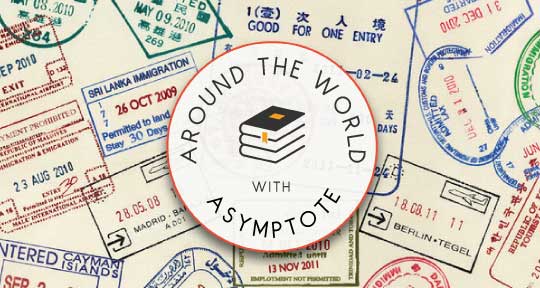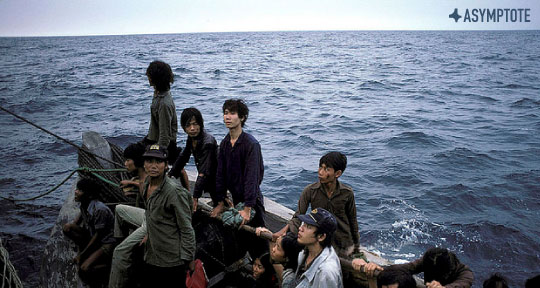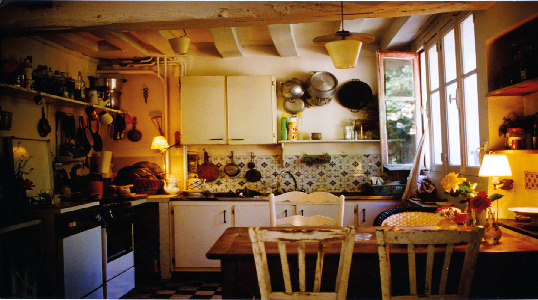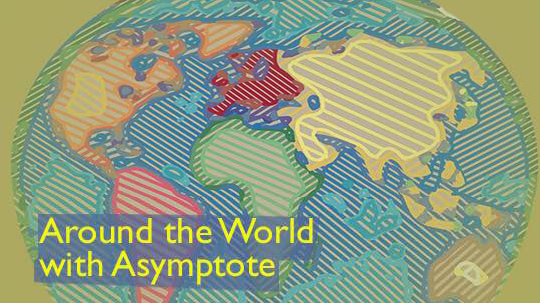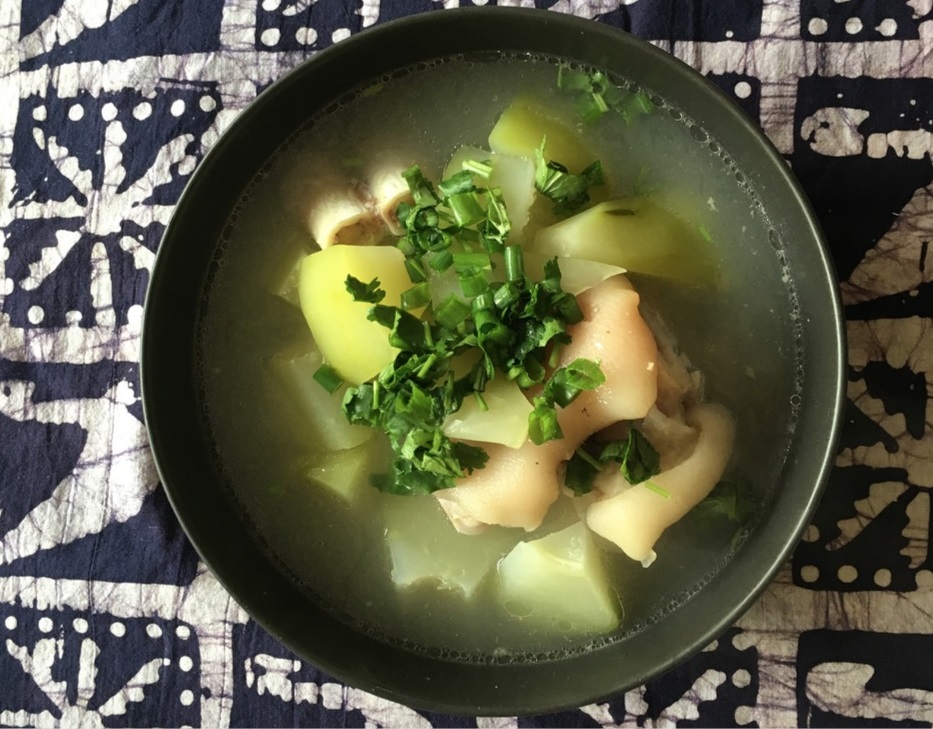This is a particularly exciting week as we launch the brand new Summer 2018 issue of Asymptote, which is full of beautiful, thought-provoking, and daring writing from around the world. In particular, we encourage you to check out the multilingual special feature and to share your new literary discoveries with your friends and family!
Today, however, is Friday and that means it is time for another round of international literary news. To kick things off, Editor-at-Large Norman Erikson Pasaribu discusses recent publications and translations of Indonesian literature, including a Vietnamese translation of Khairani Barokka’s Indigenous Species. One of our brand new Assistant Blog Editors, Ilker Hepkaner, reports from the launch event of One Hand Clapping, a new exhibit at the Guggenheim in New York City that brings together poetry and visual imaginations of our future. Happily soaking in the Portuguese sunshine, Editor-at-Large Lindsay Semel tells us about two recent literary events—DISQUIET International Literary Program and the Braga Book Fair—that celebrate both local and international writing. Finally, Editor-at-Large Jessie Stoolman shares her experience at Manarat, a film festival celebrating the Mediterranean film industry that took place along the Tunisian coast.
Norman Erikson Pasaribu, Editor-at-Large, reporting from Indonesia:
Loài bản địa, the Vietnamese translation by Red (Yen Hai) of Khairani Barokka’s first book Indigenous Species was launched on July 14 at the Tổ Chim Xanh cafe in Hanoi. Narrating the kidnapping of a young girl and her blindfolded experience down a river in environmentally wrecked Kalimantan, Indigenous Species was nominated for a Goldsmiths Public Engagement Award. Read Barokka’s essay about the translation process in Diacritics and an interview with her in Electric Literature about the book.

